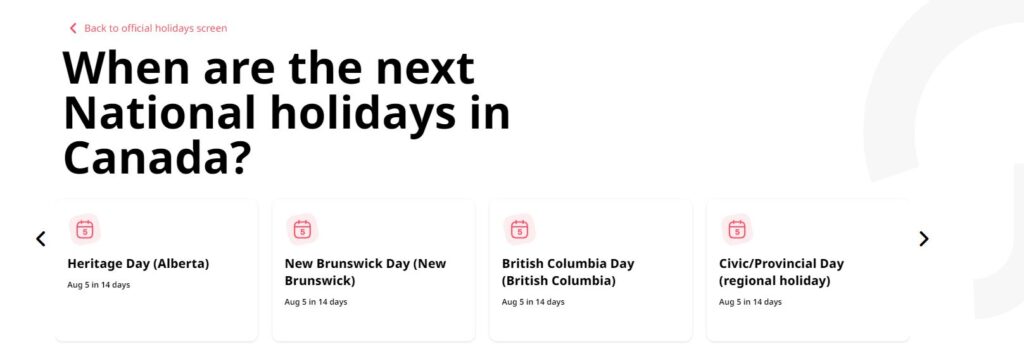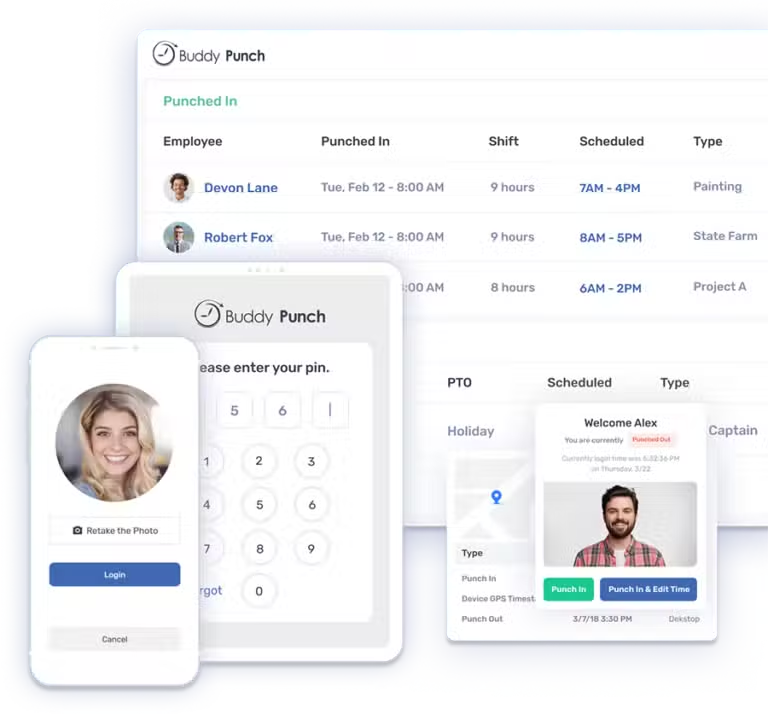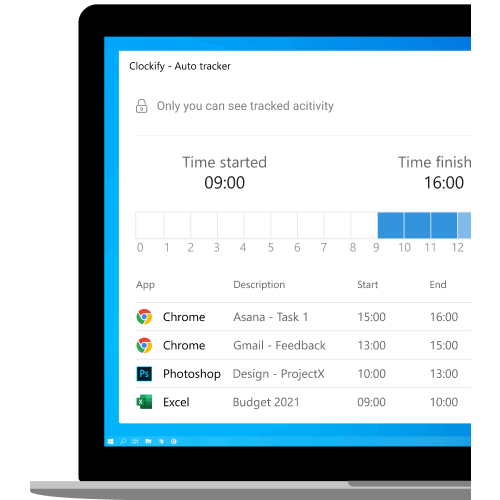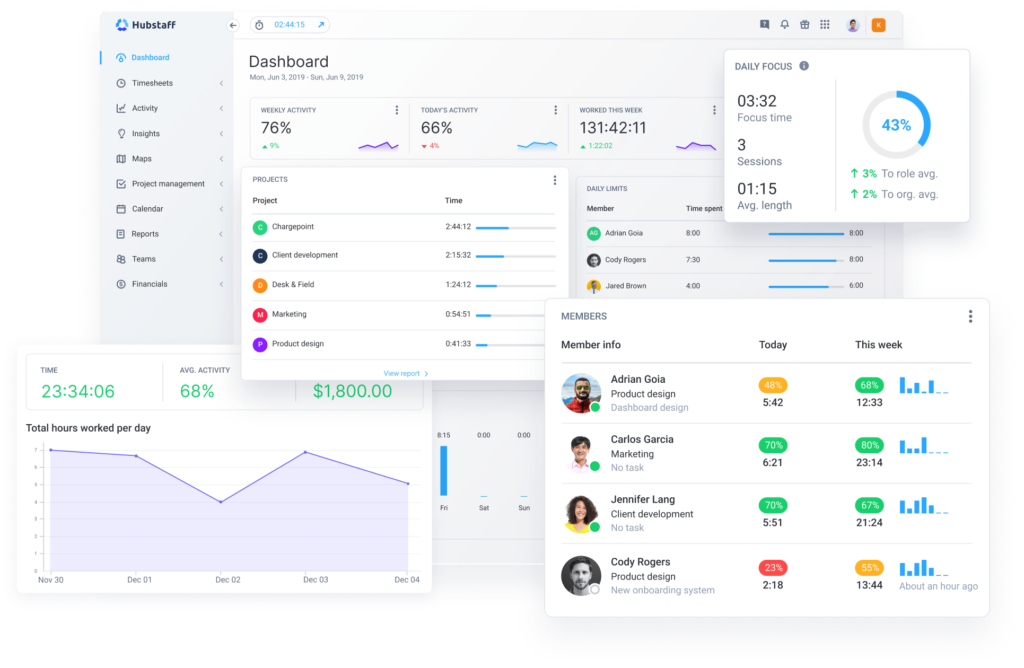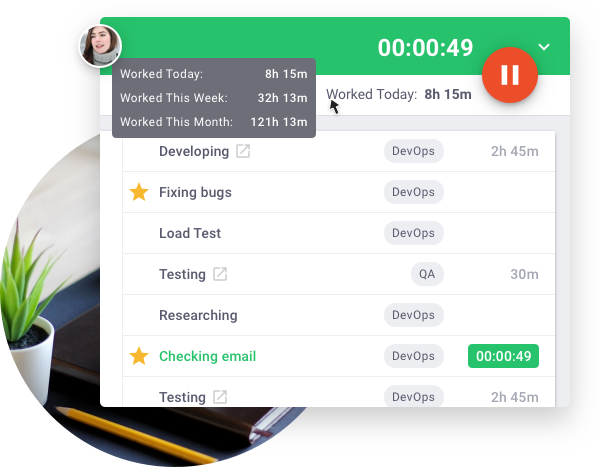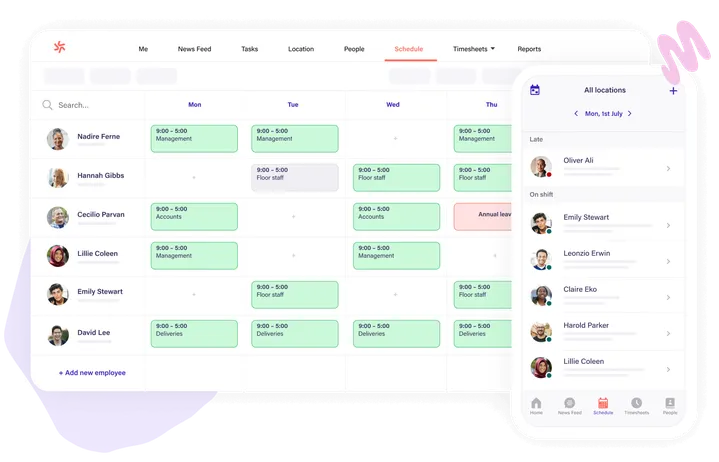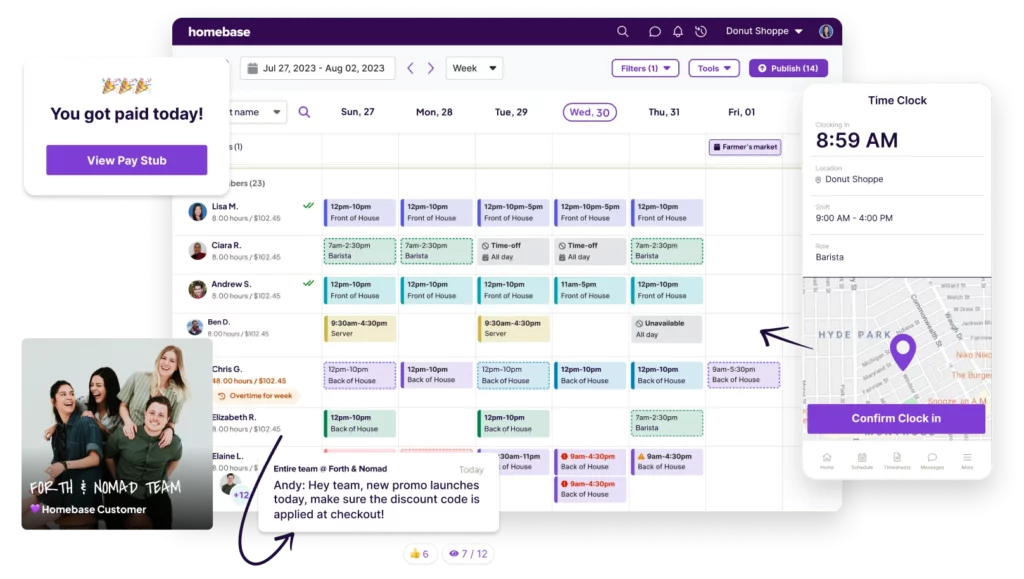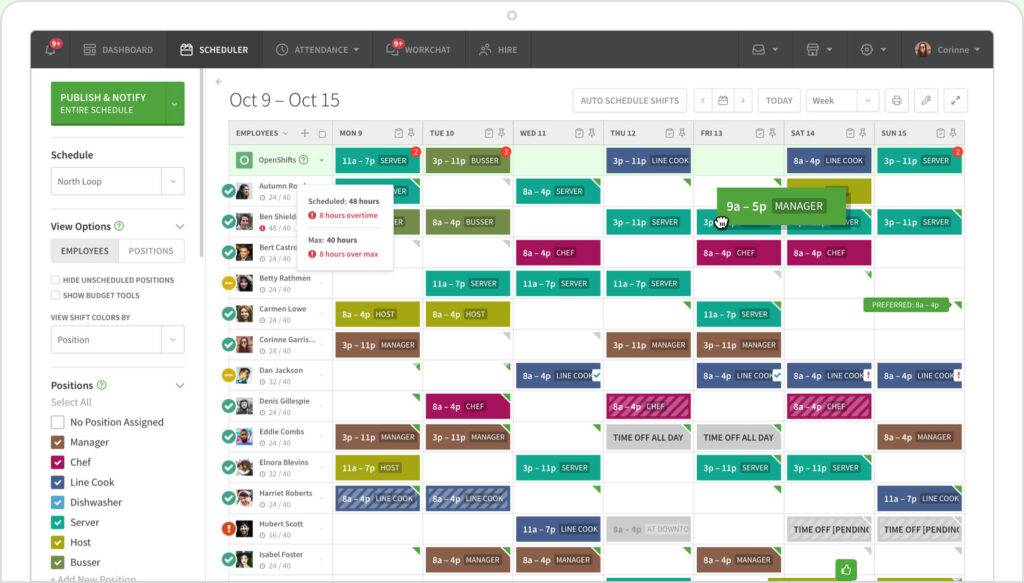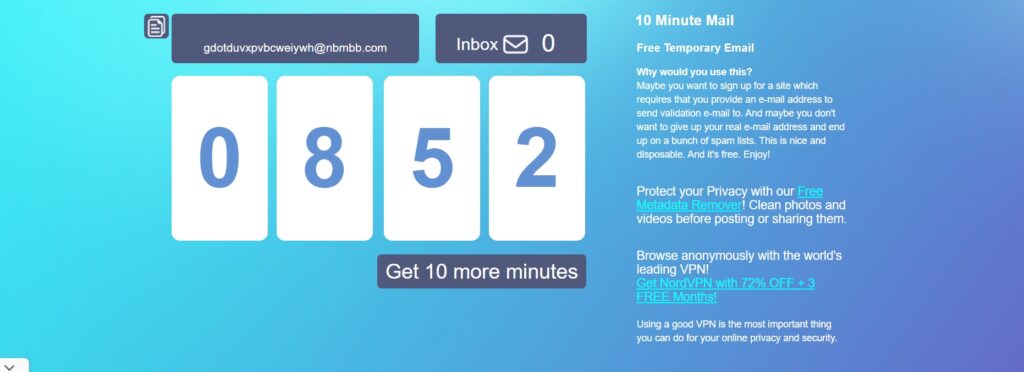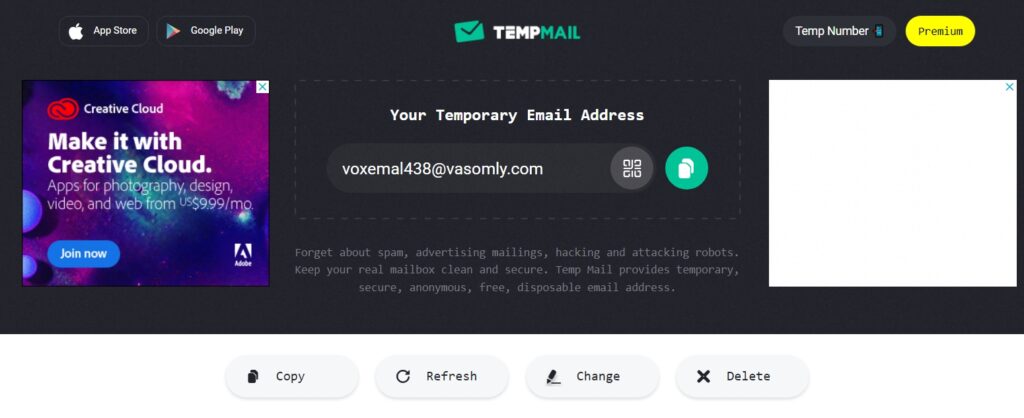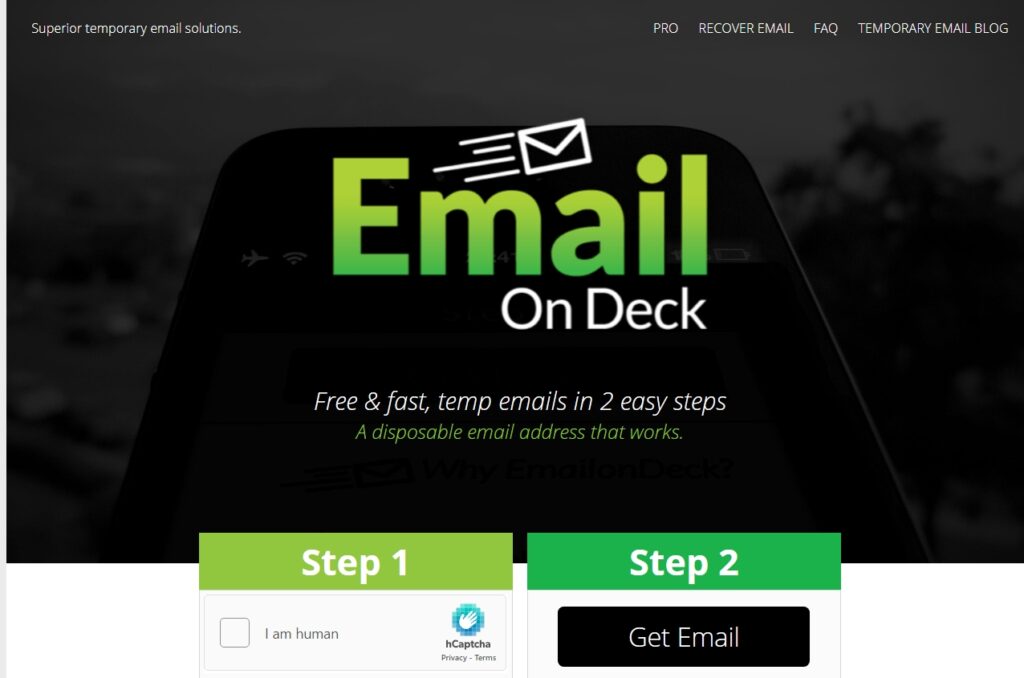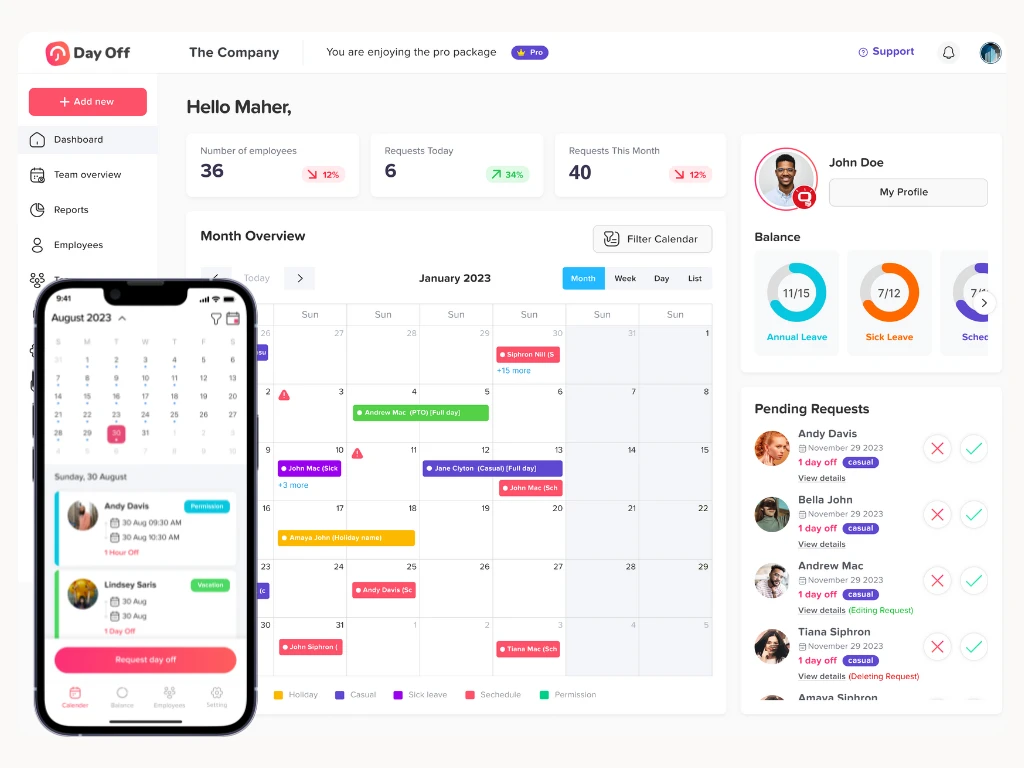Paternity leave is an essential aspect of family policy, providing fathers the opportunity to bond with their newborns and support their partners during the early stages of parenthood. In Canada, paternity leave is integrated into the broader framework of parental leave policies, which are among the most progressive globally. This article delves into the specifics of paternity leave in Canada, including eligibility, benefits, and the impact on families and workplaces.
Legal Framework
Paternity leave in Canada is not a standalone policy but is encompassed within the parental leave provisions under the Employment Insurance (EI) program. The legal framework is established by the Employment Insurance Act and the Canada Labour Code, which outline the conditions under which new parents can take leave.
Types of Leave
- Maternity Leave: Exclusive to mothers, providing up to 15 weeks of leave.
- Parental Leave: Available to both parents, allowing up to 40 weeks if shared, but no parent can exceed 35 weeks individually.
- Paternity Leave: Although not a separate category, fathers can take parental leave, commonly referred to as paternity leave when taken by the father.
Eligibility Criteria
To be eligible for paternity leave benefits in Canada, the father must meet specific criteria:
- Insurable Employment: Must have accumulated at least 600 hours of insurable employment in the 52 weeks before the start of the leave or since the last EI claim.
- Contribution to EI: Must have paid EI premiums during their employment.
- Child’s Age: The leave must be taken within 78 weeks (18 months) of the child’s birth or adoption.
Benefits and Compensation
The financial benefits provided under the EI program for parental leave, including paternity leave, are designed to replace a portion of the father’s income during the leave period.
Standard Parental Benefits:
- Duration: Up to 40 weeks if shared, with one parent not exceeding 35 weeks.
- Rate: 55% of average weekly earnings, up to a maximum of CAD 650 per week (as of 2023).
Extended Parental Benefits:
- Duration: Up to 69 weeks if shared, with one parent not exceeding 61 weeks.
- Rate: 33% of average weekly earnings, up to a maximum of CAD 390 per week (as of 2023).
Provincial and Territorial Variations
While the federal EI program provides the framework for parental benefits, the specifics of job-protected leave are governed by provincial and territorial employment standards legislation. The duration and conditions may vary:
- Quebec: Offers a distinct Parental Insurance Plan (QPIP) with more generous benefits and an exclusive paternity leave of up to five weeks at 70% of the father’s average weekly earnings.
- Ontario: Provides up to 63 weeks of parental leave, which can be taken by either parent.
- British Columbia: Similar provisions to Ontario, with slight variations in leave duration and conditions.
Impact on Families and workplaces
The introduction and evolution of paternity leave policies in Canada have had significant positive impacts on families and workplaces:
- Family Dynamics: Fathers taking paternity leave contribute to a more equitable distribution of childcare responsibilities, fostering stronger bonds with their children and supporting their partners’ mental and physical health.
- Workplace Culture: Encouraging paternity leave helps break the stigma around men taking time off for family reasons, promoting a culture of work-life balance.
- Economic Benefits: Studies indicate that paternity leave can lead to higher female workforce participation, as it allows mothers to return to work sooner if desired.
Challenges and Considerations
Despite the progressive nature of paternity leave policies in Canada, several challenges remain:
- Awareness and Utilization: Not all eligible fathers are aware of their rights or choose to take paternity leave due to career advancement concerns or financial constraints.
- Employer Support: While large corporations may offer additional top-up benefits, smaller businesses might struggle to provide similar support, affecting the overall uptake of paternity leave.
- Cultural Norms: Societal attitudes towards traditional gender roles can influence a father’s decision to take paternity leave, with some men fearing judgment or job insecurity.
The Role of Employers
Employers play a crucial role in the successful implementation of paternity leave policies. They are responsible for:
- Providing Information: Ensuring employees are aware of their rights and the process for applying for paternity leave.
- Supporting Leave: Offering additional top-up benefits to bridge the gap between EI benefits and the employee’s full salary, where feasible.
- Promoting a Family-Friendly Culture: Encouraging a culture that supports taking paternity leave without fear of career repercussions.
International Comparisons
Canada’s paternity leave policies compare favorably with those of other countries:
- Sweden: Offers a generous system where parents can share up to 480 days of leave, with fathers entitled to 90 days reserved exclusively for them.
- Germany: Provides 14 months of parental leave, with two months reserved for fathers, encouraging paternal involvement.
- United States: Lacks a national paid paternity leave policy, though some states and companies offer their own programs.
Frequently Asked Questions (FAQ) About Paternity Leave in Canada
Can paternity leave be taken intermittently?
Yes, parental leave, including paternity leave, can be taken intermittently if your employer agrees. Fathers can take leave in separate periods as long as the total amount of leave does not exceed the maximum entitlement and is within the 78-week window from the child’s birth or adoption.
How do I apply for paternity leave benefits?
To apply for paternity leave benefits, you need to submit an application to Employment Insurance (EI) through the Service Canada website or in person at a Service Canada Centre. You will need to provide your Social Insurance Number (SIN), your Record of Employment (ROE), and details about your employment history and the leave period.
Is there a waiting period before receiving benefits?
Yes, there is typically a one-week waiting period before you start receiving EI benefits. During this time, you will not be paid, but this period only applies once per claim period, even if both parents are sharing parental leave.
Can both parents take leave simultaneously?
Yes, both parents can take parental leave simultaneously. However, the combined total leave taken by both parents cannot exceed the maximum entitlement (40 weeks for standard benefits or 69 weeks for extended benefits).
What happens if my employer does not support my paternity leave?
In Canada, employers are required by law to provide job-protected leave to eligible employees. If your employer does not support your leave or penalizes you for taking it, you can file a complaint with your provincial or territorial employment standards office or seek legal advice.
Are self-employed fathers eligible for paternity leave benefits?
Self-employed fathers can opt into the EI program to access parental leave benefits. They must register with EI and pay premiums for at least 12 months before claiming benefits. The eligibility criteria and benefits are similar to those for salaried employees.
Can I extend my paternity leave beyond the maximum entitlement?
While you cannot extend the EI benefits period beyond the maximum entitlement (40 weeks for standard benefits or 69 weeks for extended benefits), you may negotiate additional unpaid leave with your employer. However, this extended leave would not be covered by EI benefits.
How is the benefit rate calculated if I have variable earnings?
If your earnings fluctuate, the benefit rate is calculated based on your best weeks of earnings. Service Canada will use the highest-earning weeks in your qualifying period to determine your average weekly earnings and calculate your benefit amount.
What documentation do I need to provide to my employer?
You should provide your employer with written notice of your intention to take paternity leave, including the start and end dates. The notice period varies by province, but it is typically required at least four weeks before the start of the leave. Check your provincial or territorial employment standards for specific requirements.
How does taking paternity leave affect my seniority and benefits at work?
Under Canadian law, taking paternity leave should not affect your seniority or employment benefits. Upon returning from leave, you are entitled to be reinstated to your previous position or a comparable one with the same pay and benefits. Any seniority or benefits you accrued before the leave will be retained.
Conclusion
Paternity leave in Canada represents a critical component of family-friendly policies aimed at promoting gender equality and supporting the well-being of families. While the federal and provincial governments have laid a strong foundation, ongoing efforts are necessary to increase awareness, support employers, and address cultural barriers. As Canada continues to evolve its social policies, the hope is that more fathers will be empowered to take paternity leave, benefiting families, workplaces, and society as a whole.


